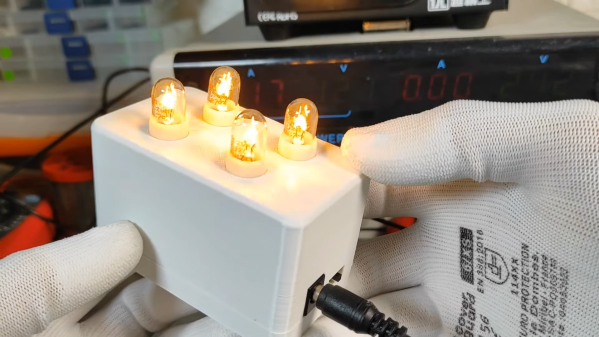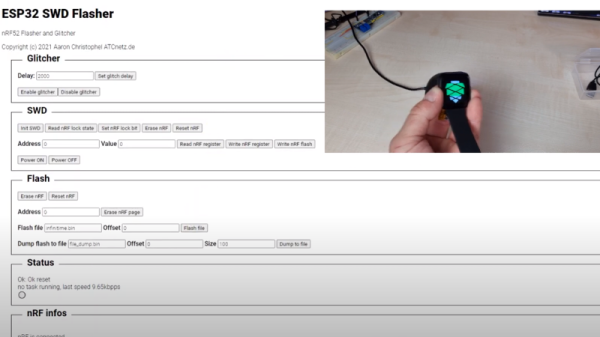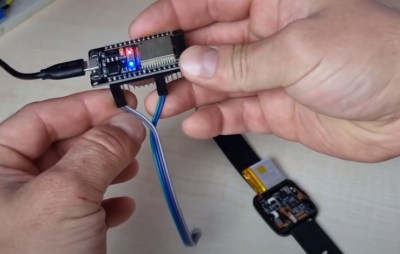These days, if you want to flash some LEDs, you’d probably grab a microcontroller. Maybe you’d go a little more old-school, and grab a 555. However, [Jacob] is even more hardcore than that, as evidenced by this chunky electromechanical flasher build.
[Jacob] goes into great detail on his ancillary write-up, describing how the simple building blocks used by industrial control engineers can be used to make a flasher circuit that cycles once per second. Basically, two relays are paired with two 0.5-second delay timers. The two relays tag each other on and off on delay as their timers start and expire, with the lamp turned on and off in turn.
We’ve had lots of other great entries to our One Hertz Challenge, too — from clocks to not-clocks. There’s still time to get an entry in — the deadline for submission is Tuesday, August 19 at 9:00AM Pacific time. Good luck out there!

















